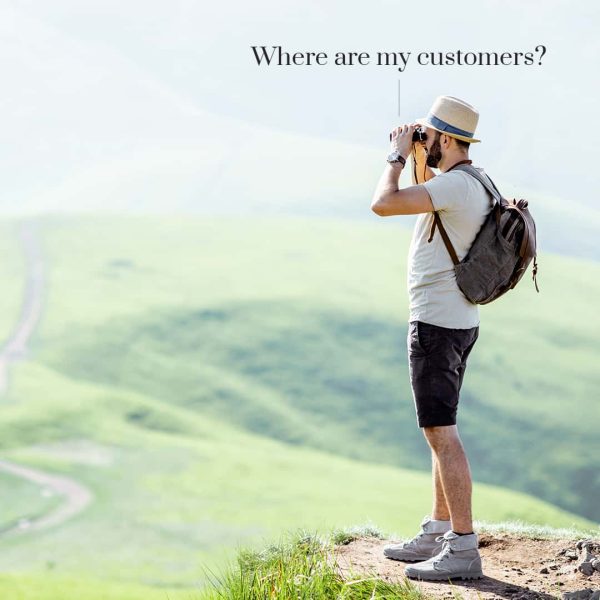Designing the perfect tour page is crucial for tour operators. It’s the bridge between a visitor’s interest and their decision to book. Drawing from extensive experience and research, I’ve identified the key elements that make a tour page effective. Let’s dive into the details:
1. Clear Navigation:
- Top Navigation: Ensure your navigation is intuitive. This helps visitors quickly find what they’re looking for and enhances user experience.
2. Descriptive Title:
- Tour Name: Highlight the main attraction, whether it’s the Eiffel Tower or Notre Dame. Incorporate relevant keywords to boost SEO.
3. Tour Highlights:
- Duration & Details: Display essential information like the tour’s length, maximum guests, and availability. This gives a snapshot of the tour’s specifics.
- Visual Gallery: Showcase high-quality images, offering a visual taste of the experience. Consider a full-page banner that can launch into a detailed gallery.
4. Booking Panel:
- Sticky Side Panel: As visitors scroll, the booking panel should remain visible on the side. This ensures the ‘Book Now’ option is always within reach, enhancing the chances of conversion.
5. Detailed Itinerary:
- Brief Overview: Start with a concise introduction, highlighting the tour’s main attractions.
- Comprehensive Breakdown: Especially for multi-day tours, provide a day-by-day breakdown. Even for day tours, outline the main stops or attractions.
6. Interactive Map:
- Route or Pickup Point: Embed a map, possibly from Google, to show the tour route or the pickup point. This offers clarity and aids in planning.
7. Reviews & Trust Signals:
- Customer Reviews: Showcase genuine customer feedback. This builds trust and offers social proof.
- FAQs: Address common queries. Limit this to the most relevant questions to avoid overwhelming the visitor.
8. Related Tours:
- Tag-based Suggestions: Display tours related to the one the visitor is viewing. If they’re looking at a ‘food tour’, suggest other food-related tours. This encourages further exploration.
9. Clean Design:
- Contrasting Text: Opt for easily readable text, like black on a white background. Avoid over-complicating with too many colors.
- Mobile Optimization: Ensure the layout is mobile-friendly. Consider placing the booking panel at the top for mobile users for easy access.
10. Sub-menu for Easy Navigation:
- Jump-to Sections: Include a sub-menu that allows users to jump to specific sections like ‘Details’, ‘Itinerary’, or ‘Reviews’. This enhances user experience, especially on lengthy pages.
In conclusion, the perfect tour page is a blend of clear information, trust-building elements, and user-friendly design. It should not only provide comprehensive details about the tour but also guide visitors smoothly towards making a booking. The ultimate goal is to convert interest into revenue, and with the right layout, you’re well on your way.

